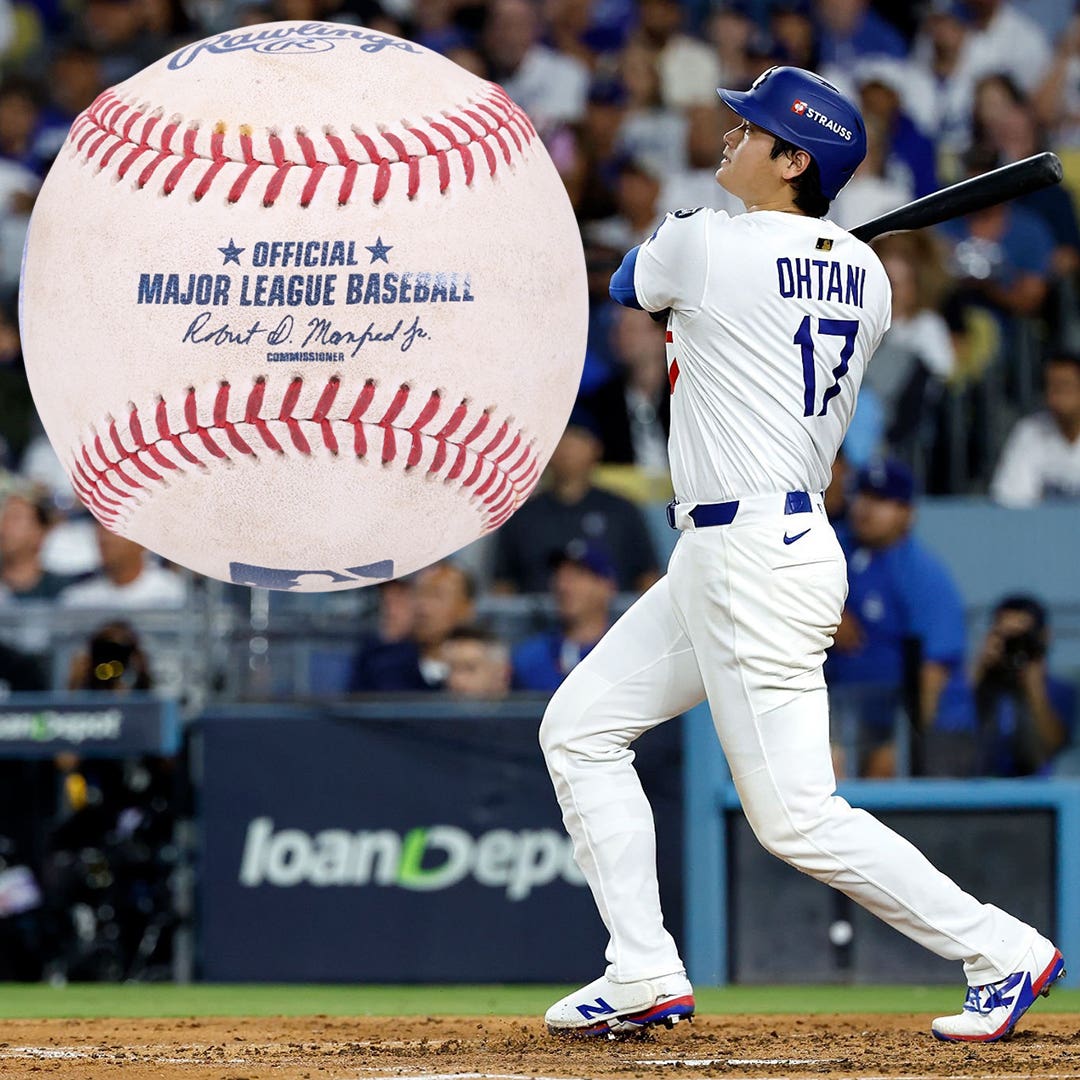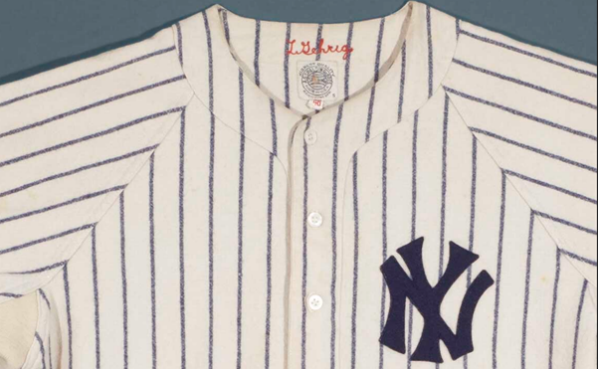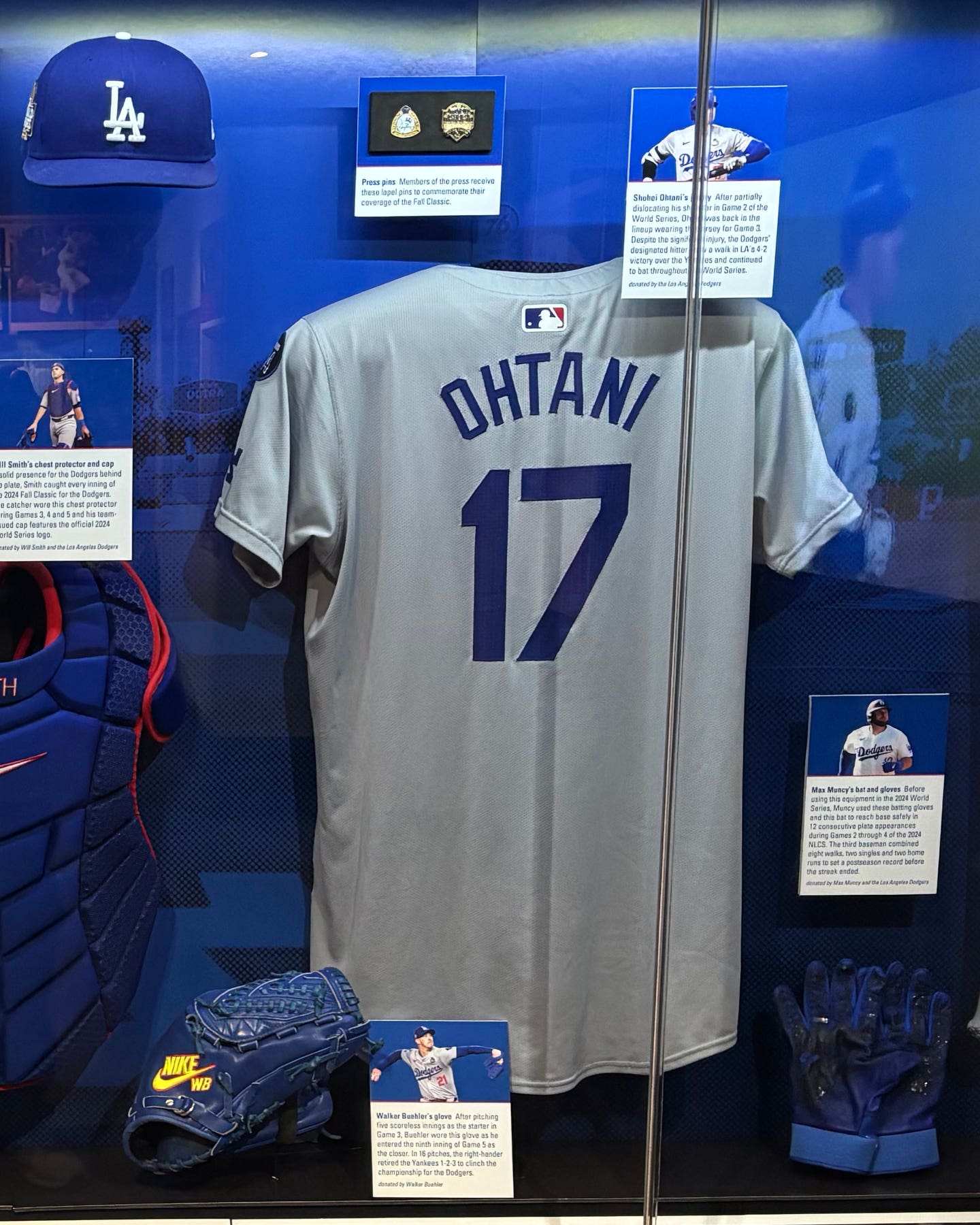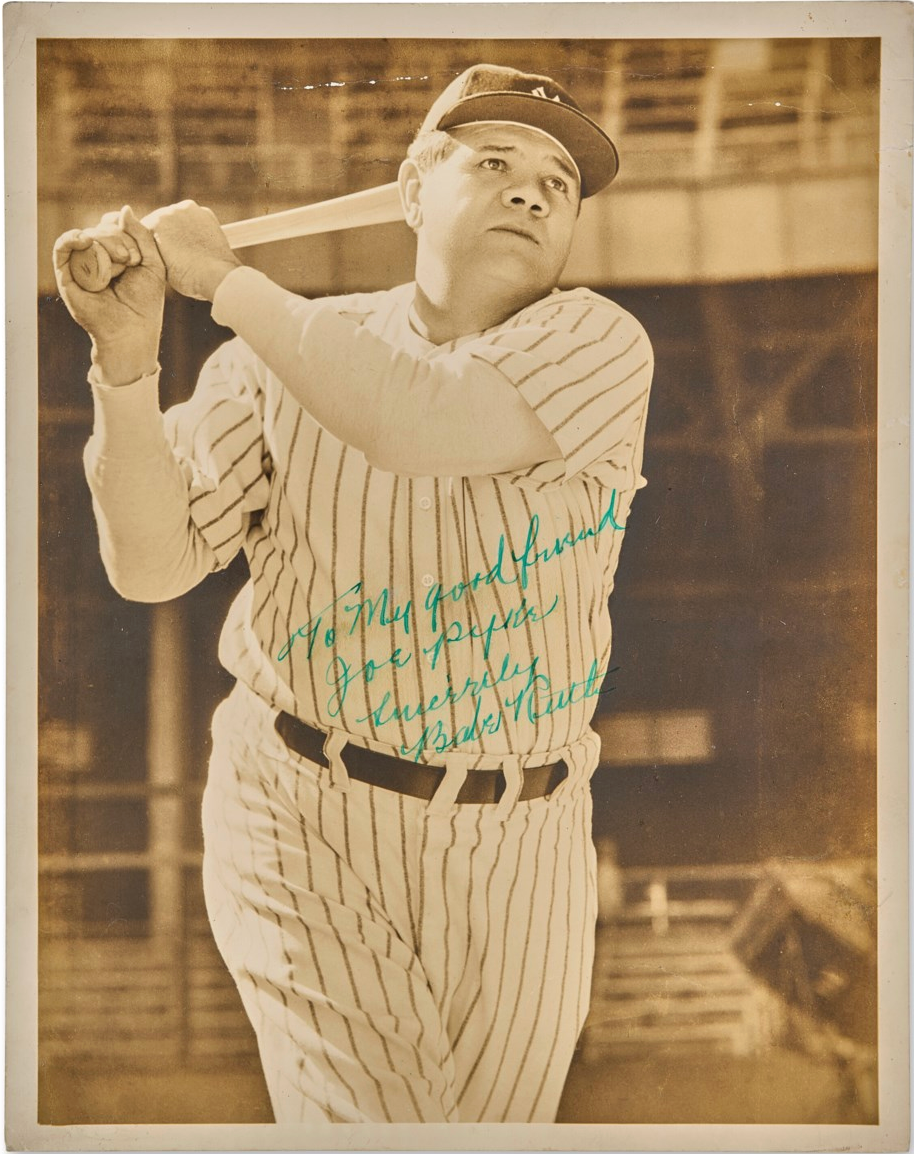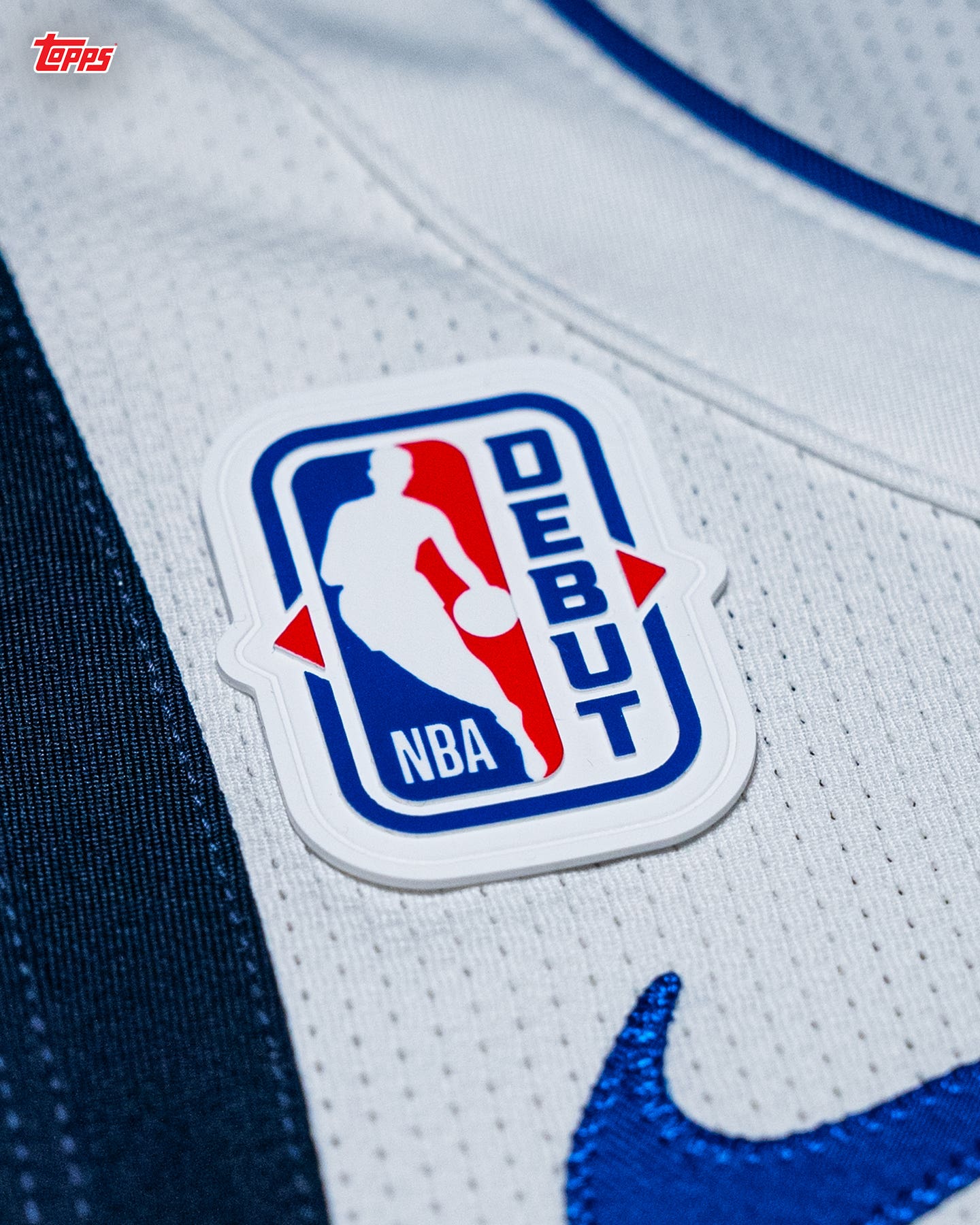Memorabilia
MEARS examines a 1906-11 Nap Lajoie decal bat
When evaluating pre-1917 professional model game-used bats, different criteria must be applied to the authentication process. Factory records to support bats from this pre-1917 labeling period are almost non-existent. What is available, however, is a handful of ledger entries, which most often only list a player’s weight.
A specific reference to this bat is not known at this time, but other factors lead us to conclude it is a professional model. MEARS applied photographic evidence, other examples examined in the MEARS database and the examination of limited but known H&B ledger entries when analyzing this bat.
The combination of the above information is the basis of our opinion.
There is photographic evidence that players used decal bats in major league games during this period of 1906 to 1911. MEARS recently archived a photo of an unnamed New York Giant, circa 1904-07, using a decal bat of an unidentified bat maker.
Additional photos of players using decal bats in the major leagues include:
- 1902-15 circa undated photo of Hall of Fame catcher Roger Bresnahan using a decal bat from an unknown supplier.
- 1914 Hank Gowdy was mentioned in the 1939 H&B catalog as using a decal bat during the World Series.
- Circa 1908 Ty Cobb photo using a decal bat.
Additional professional model decal bats have been examined by MEARS, which perfectly match signature model Hillerich & Bradsby bats in respect to manufacturer specifications, with specific respect to length and weight. Professional Model Decal bats examined were:
- MEARS 251387 Ty Cobb 34.5 inches, 37 ounces
- MEARS 251351 Ty Cobb 34.5 inches, 38 ounces
- MEARS 251886 Honus Wagner 34.5 inches, 41.5 ounces
This fact is mentioned to establish that H&B bats bearing decals of known endorsees were manufactured in length and weights of documented ordering patterns of the respective player. An exact match of this decal bat to a documented H&B bat has not been recorded to date. Therefore, the above referenced bats are used to determine that for contemporaries, similarities of decal bat to professional bat examined does occur.
Subsequently, additional professional model decal bats can be found in the MEARS Bat Letter of Opinion Archives that varied in either length or weight with respect to known player ordering specifications. However, they are still classified as professional model bats and attributed to the respective player as reflected via the decal on the barrel.
In regards to factory records for this bat, we have the following information of orders as referenced in the Louisville Slugger archives:
File Card: His old (Napoleon) Lajoie 35.5 inches, 40 oz. L22, Caliphre Only. Diagram Length: His Old Lajoie (L22) 35.5 inches; round end. 1911- No specified model, 42 ounce.
The playing career of Napoleon Lajoie spanned from 1896-1916. He signed his contract with Louisville Slugger on Sept. 12, 1905, the third player to do so following Honus Wagner and Ty Cobb. With the signing of his contract late in the year, this bat was most likely produced as some point later than ‘05. Therefore we attribute the dating to 1906-11 based on the signing of the contract and the dating of the centerbrand (1896-1911).
Grading: Based on the quality of the wood, association with Louisville Slugger and the range of the manufacturer’s characteristics with respect to length and weight, the bat is determined by MEARS to be a Napoleon Lajoie professional model bat. When examining these bats from this early label period, we must take into consideration the lack of complete factory records.
Evaluation as a professional model comes from the known and examined photos, which confirm use of decal bats during the examined label period. Also, the manufacturer characteristics of length (34 inches) and weight (40.7 ounces) fall within the ordering patterns of players from the era and is within a consistent weight range (42 ounces) with the one referenced in the ledger entry of weight for Lajoie.
The final grade was determined of five base points (matches known examples to style, model, dimensions), three points for heavy use and a subtraction of one point for a restore piece missing off back of barrel. A one-point subtraction was made for its length not matching the length (35 inches) of the one examined signature model (MEARS 305679) and the referenced length of 35.5 inches from the H&B ledger. This portion of the grade could change by plus-one point if an additional documented 34 inches example entered the hobby.
Final Grade: MEARS A6.



